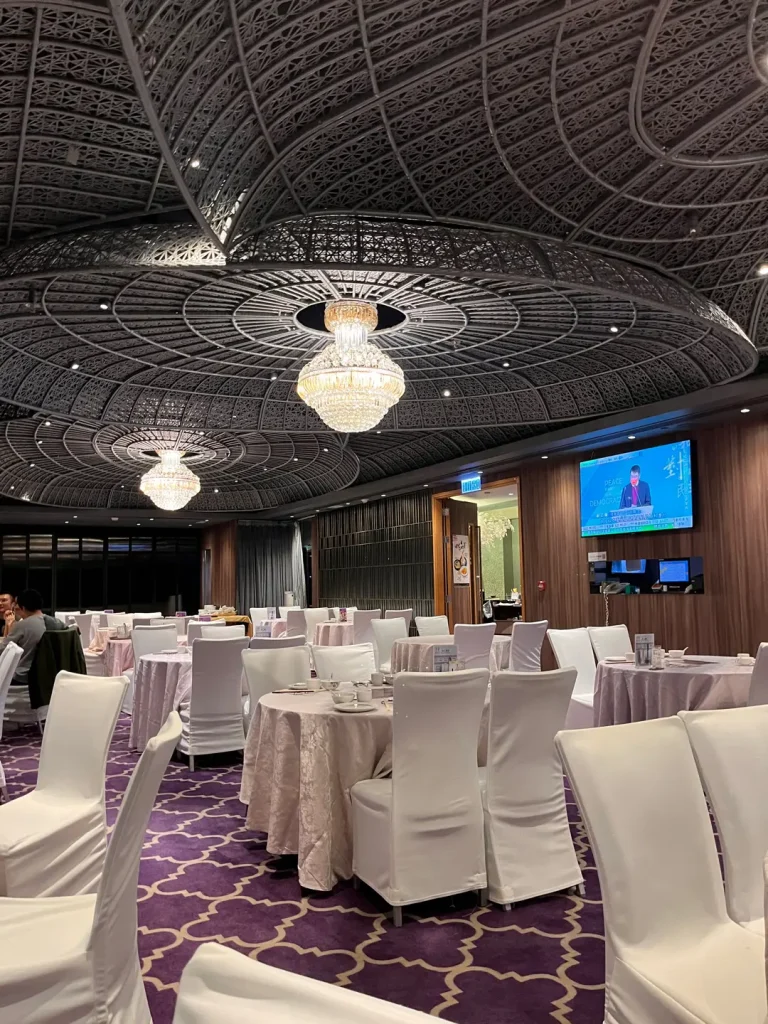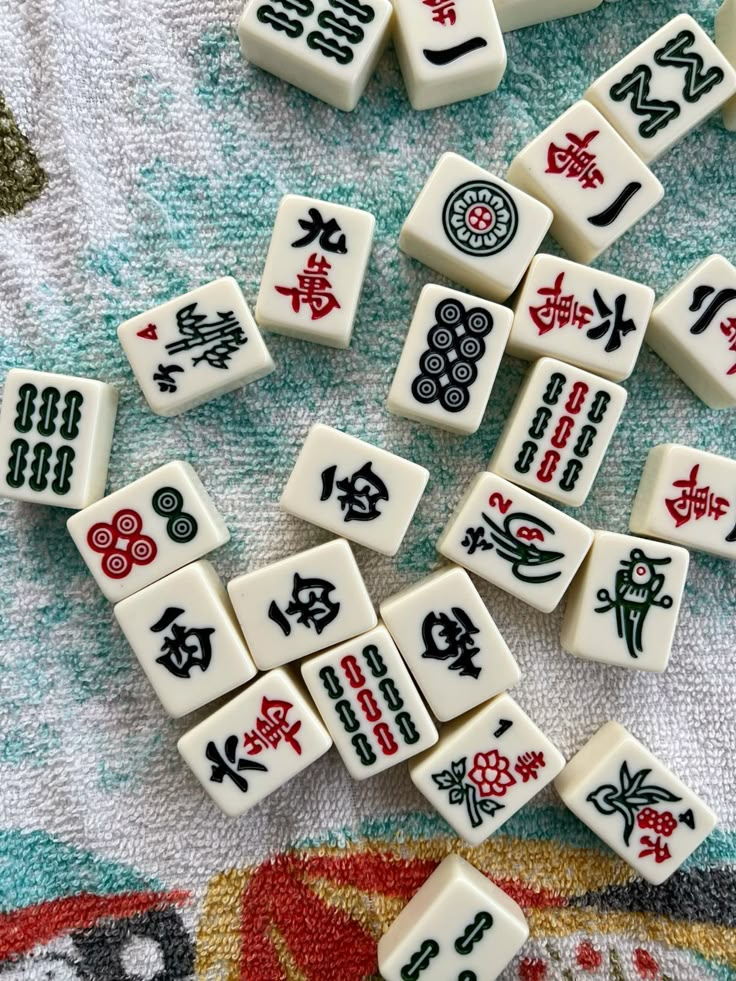Mahjong-Mania: How a Traditional Game Became a Modern Social Phenomenon
In the bustling urban landscapes of Washington, Los Angeles, and New York, a surprising cultural trend is reshaping social connections: mahjong. Far from being just another passing fad, this traditional Chinese game has captured the hearts of a specific demographic—women aged 35 to 40, affectionately dubbed the “Momjong” community.

The game’s recent surge isn’t just about tiles and strategy; it’s a powerful testament to our human need for genuine connection. After years of pandemic-induced isolation, mahjong has emerged as a vibrant social lifeline, bringing people together in meaningful ways that go beyond digital interactions.

Celebrity influence has played a significant role in propelling mahjong into the mainstream. Meghan, Duchess of Sussex, has openly discussed her love for the game on television, while Hollywood icons like Julia Roberts, Sarah Jessica Parker, and Amy Poehler have shared their personal journeys of learning and embracing this intricate game. Their public endorsements have transformed mahjong from a niche pastime to a trendy social activity.

The game’s appeal extends beyond mere entertainment. Mahjong coaches across the country emphasize its unique ability to foster community and human connection—a critical need in our increasingly fragmented social landscape. One coach noted that the game provides a rare opportunity for genuine, face-to-face interaction, something many have deeply missed during recent years of social distancing.

High-end brands have taken notice of this growing trend. Luxury fashion houses like Ralph Lauren and Hermès have begun creating sophisticated mahjong merchandise, signaling the game’s elevated cultural status. Restaurants and hotels are also jumping on the bandwagon, hosting dedicated mahjong nights to meet the growing demand from enthusiastic players.

Interestingly, mahjong’s roots in the United States stretch back further than many might realize. The game first gained international attention during the 1893 Chicago World’s Fair, marking an early moment of cultural exchange. However, its recent renaissance can be traced to a pivotal moment in popular culture: a powerful scene in the 2018 film “Crazy Rich Asians” that showcased mahjong as more than just a game—but a metaphor for strategy, humility, and cultural depth.
The “Momjong” phenomenon represents more than a simple trend. It’s a nuanced social movement where women in their late thirties find connection, challenge, and community through a game that requires skill, luck, and social intelligence. The tiles become a medium for storytelling, relationship-building, and shared experiences.
What makes mahjong particularly compelling is its adaptability. Unlike many traditional games, it has seamlessly integrated into modern social contexts, bridging generational and cultural gaps. It offers a perfect blend of nostalgia and contemporary social interaction, allowing players to connect with both tradition and each other.
As mahjong continues to gain momentum, it serves as a fascinating case study in cultural adaptation. What began as a traditional Chinese game has transformed into a dynamic social phenomenon, proving that meaningful connection transcends digital barriers and can be found in the most unexpected places—around a table, with tiles, strategy, and shared laughter.
The rise of mahjong among American women is more than a trend. It’s a powerful reminder of our fundamental human desire to connect, play, and create community in an increasingly complex world.







